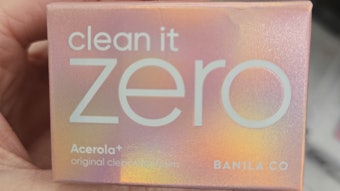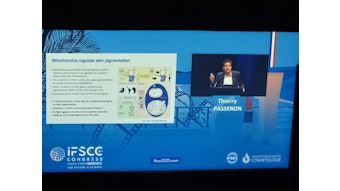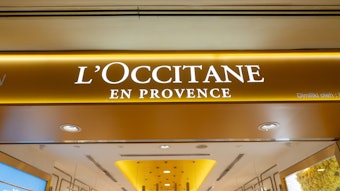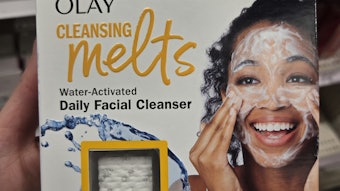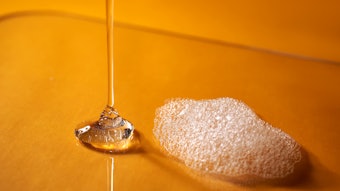Industry expert Tony O'Lenick asks: What is the difference between NaCl (salt) solution and a solution of sodium lauryl sulfate (SLS)?
The term solution relates to the clarity of a liquid and consequently the size of any particle present. Consider a 0.5% solution of salt. Salt is not a surface-active agent since it does not have a hydrophobic portion. Consequently, upon dissolution in water at low concentrations, it is present at the same concentration at the top of the beaker as at the bottom, as well as the left and at the right of the beaker.
At this concentration, salt can be considered a sodium ion and chloride ion. This is a key concept. If sodium chloride and potassium sulfate are mixed in dilute solution, the solution contains all four ions rather than two compounds. As the concentration of ionic material in the solution is increased, nearing saturation, structured systems form due to repulsion of the ions.
Surfactant systems are much different. They contain hydrophobic and hydrophilic portions. SLS has a C12 fatty portion and a water-soluble sulfate portion covalently bonded in one molecule; such molecules are referred to as amphillic. When such molecules are added under dilute solution, a clear “solution” results, but the distribution of molecules in solution is not the same.
As one adds SLS to water, the molecules go to the surface, lowering surface tension. At the air/water interface, the water-soluble groups align in the water and the water-insoluble material C12 groups point into the air. This is the lowest free energy for the system.
As one continues to add more SLS, the ability to pack the surface stops. This is the critical micelle concentration (CMC). At concentrations below the CMC, surfactants are found at the surface. At the CMC point , the surfactants assemble to form micelles.
Water-soluble groups go into the water and oil soluble groups move to the center, associating with each other. While both beakers contain solutions, the organization of the molecules in the respective liquids is far different.
Likewise, the surfactant properties, (surface tension, ability to wet, foam, cleanse or emulsify) are very different.

